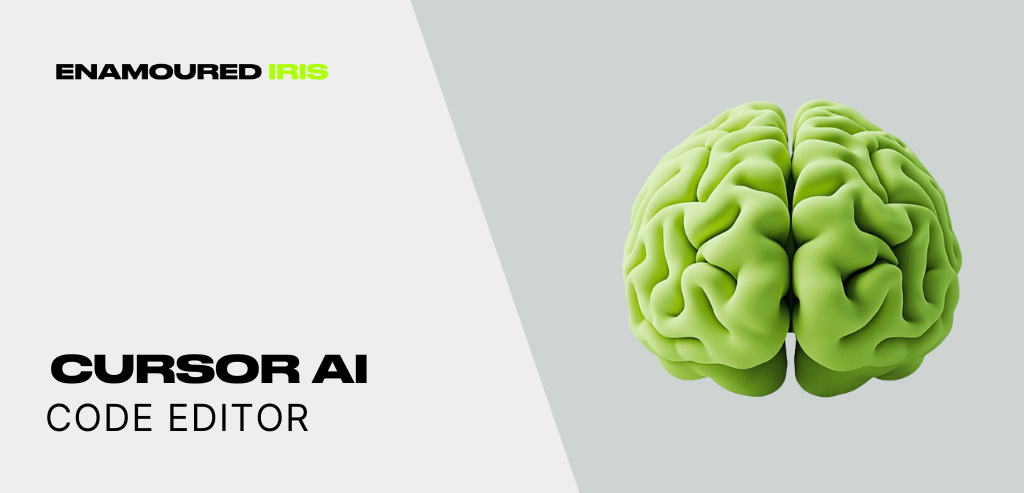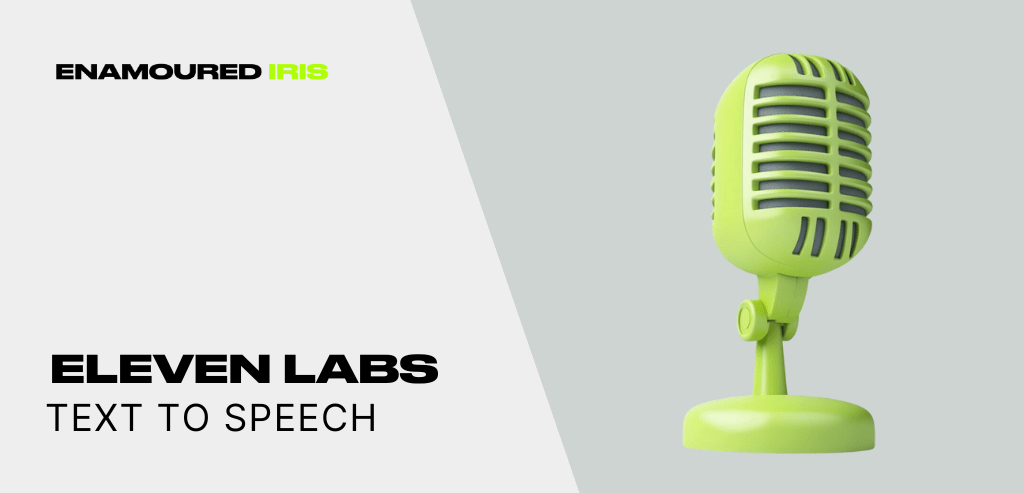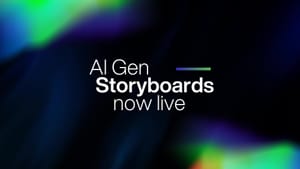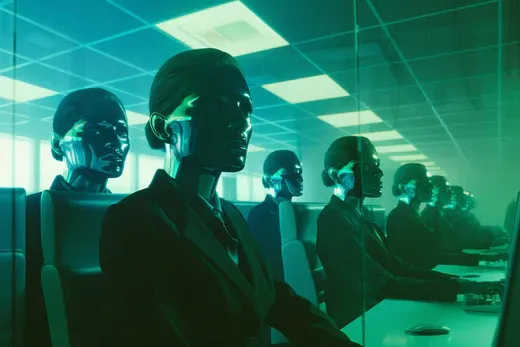Welcome to 2025, where foundation models have graduated from novelty to necessity with all the subtlety of a hostile takeover. Google, Meta and the hyperscalers have finally revealed their endgame, systematically dismantling the ecosystem of AI startups that once clung to their APIs. In this brave new world, being "AI-powered" is about as distinctive as having a website in 1999.
The advancement of chain-of-thought reasoning (courtesy of OpenAI's o1 and o3) has birthed something genuinely unsettling: AI agents that make their predecessors look like pocket calculators. Meanwhile, developer tools have evolved from cryptic interfaces into something actually usable. Whether this democratisation of AI is a triumph of human ingenuity or the prologue to a cautionary tale remains to be seen. Here are the tools reshaping content creation in 2025.

1. Cursor AI
Cursor AI has rendered traditional code editors as relevant as typewriters in a cyber warfare department. Their December 2024 release introduced an Agent system that monitors every terminal output, executes background processes autonomously, and eliminates errors before human developers notice them - a presage of the AI agents to come.
The platform's multi-agent workflows have fundamentally altered the development process and assisted us in developing our Storyboard and Pocket Producer web apps. Their bug-finding model brings unsettling precision to code analysis, while the new Yolo Mode lets the AI auto-run terminal commands with the kind of autonomy that should probably keep us up at night.

2. Claude
Claude 3.5 has become our digital consigliere, handling everything from software development to pitch documents with the cold efficiency of a clipboard wielding assistant director. Though still requiring steering, paired with Cursor AI, it turbocharges the development of applications like those we’ve built for Enamoured Iris Labs.
Unlike earlier models that hallucinated harder than a Silicon Valley VC at Burning Man, Claude 3.5 demonstrates an actually useful understanding of software architecture. It doesn't just generate code – it crafts solutions that make senior developers question their career choices.

3. ElevenLabs
ElevenLabs maintains its dominance in voice synthesis with their new Flash model, delivering speech generation in a breakthrough 75ms latency. Their Voice Design Studio has revolutionised production workflows, while their enterprise-grade permission system prevents the kind of voice experiments that keep legal departments awake at night.
The platform's latest emotional synthesis engine creates voices with unsettling authenticity, a leap forward that should make voice actors consider career alternatives. December's update introduced browser-based GenFM and a background noise removal system that eliminates acoustic interference with disturbing thoroughness - making even the messiest audio sound like it was recorded in a tomb.

4. LeonardoAI
While Midjourney keeps its API under lock and key, LeonardoAI has embraced the future of programmatic image generation. Their Realtime Canvas and Character Reference features maintain visual consistency across different scenes with unprecedented accuracy, solving one of the biggest challenges in AI-powered content creation.
The platform's integration with NVIDIA's Superchip has transformed their image processing capabilities. They're now handling 30 million images with remarkable efficiency, using this massive dataset to train increasingly sophisticated models. Their new Kino XL model produces outputs that consistently match or exceed human-created content in quality and creativity.
For production teams, the real breakthrough is LeonardoAI's ability to maintain consistent visual styles across thousands of generations. This makes it possible to create entire campaigns or productions with AI while maintaining brand consistency. The platform's new batch processing features and improved API documentation have made it significantly easier to integrate these capabilities into production systems.

5. RunwayML
RunwayML's Gen-3 Alpha Turbo has fundamentally changed video production with its latest updates. The introduction of middle keyframes gives creators unprecedented control over generation, while their new handheld camera shake effects add an element of realism that was previously impossible to achieve artificially. Their content-aware video expansion technology generates new areas around existing footage, solving aspect ratio challenges that once required complete reshoots.
The platform's Act-One system now transposes performances directly onto existing video characters, while their extension to 20-second generations opens up new possibilities for content creation. The December update brought iOS integration and improved API capabilities, making professional-grade video generation accessible from any device. Their multi-user organisation support has made it easier for teams to collaborate on projects while maintaining consistent quality standards.

6. Replicate
Replicate has mastered the art of making complex AI deployment accessible without sacrificing power or flexibility. Their platform offers one-line deployment for popular models while maintaining the advanced capabilities that professional developers demand. The introduction of enhanced custom model training has made it possible to fine-tune existing models for specific use cases with minimal technical overhead.
The platform's new scaling capabilities handle everything from experimental prototypes to production workloads automatically. Their advanced monitoring tools provide unprecedented visibility into model performance and resource usage, while the improved batch processing system handles large-scale operations efficiently. The comprehensive API documentation and integration guides have significantly reduced the learning curve for new users.

7. Suno
Suno's v4 release represents a quantum leap in AI music generation. The new ReMi lyrics model creates sophisticated verses that maintain consistent themes and metaphors throughout entire songs. Their remastering feature brings older tracks up to modern production standards automatically, while the Personas feature captures and preserves the essence of any musical style.
The platform's Cover generation system can reimagine any piece of music in new styles while maintaining the core melody and emotional impact. Their automated cover art generation creates visuals that perfectly match the mood and style of each track. For content creators, this means being able to generate complete, radio-ready tracks with accompanying visuals in minutes rather than months.

8. Google Cloud
Google Cloud has emerged as a serious threat to AWS and Azure's dominance in AI infrastructure. Growing at twice the rate of AWS in 2024, their superior UI and integrated AI tools have created an ecosystem that prioritises usability without sacrificing power. The platform's rapid expansion of AI capabilities includes significant updates to their Video Intelligence API and the full integration of Gemini Advanced across their stack.
Additional product releases include enhanced support for multi-modal AI applications, NotebookLM, and text-to-video model Veo2. Their new cost optimisation features make large-scale AI deployments more economically feasible, while seamless integration with popular ML frameworks reduces development overhead.

9. Enamoured Iris's Storyboarding Tool
Our contribution to the AI renaissance focuses on practical production team needs. The tool generates storyboards with deep understanding of cinematic language and narrative flow, built on thousands of hours of production experience. Its ability to maintain character consistency across multiple scenes and power to reproduce inspiring screenshots as storyboards has made it invaluable for both pre-production and pitch meetings.
Recent updates have introduced advanced shot composition controls, multi-character scene generation, support for multiple styles and automated camera angle suggestions based on industry best practices.

10. MacWhisper
Rounding up the list is MacWhisper. MacWhisper has evolved beyond simple transcription into something more ambitious. The service now delivers sub-second transcription with accuracy that makes human transcriptionists obsolete, while its speaker recognition system untangles multiple voices with disturbing precision.
Multi-language support provides instant translation, and custom vocabulary training adapts to even the most obscure industry jargon. Its automated summary generation distills hours of content into actionable notes, while direct integration with editing software has removed one more human from the post-production chain.
The Bottom Line
The tools of 2025 mark a definitive shift from the more experimental AI tools of 2024 and 2023 to practical production systems. The gap between human and machine creativity continues to narrow, but more importantly, these tools are becoming genuinely useful rather than just technically impressive. They're transforming from novelties into necessities, fundamentally changing how content gets created.
Subscribe to our newsletter for weekly updates on the evolving landscape of AI content creation, where we track these developments with a healthy mix of fascination and existential dread.









